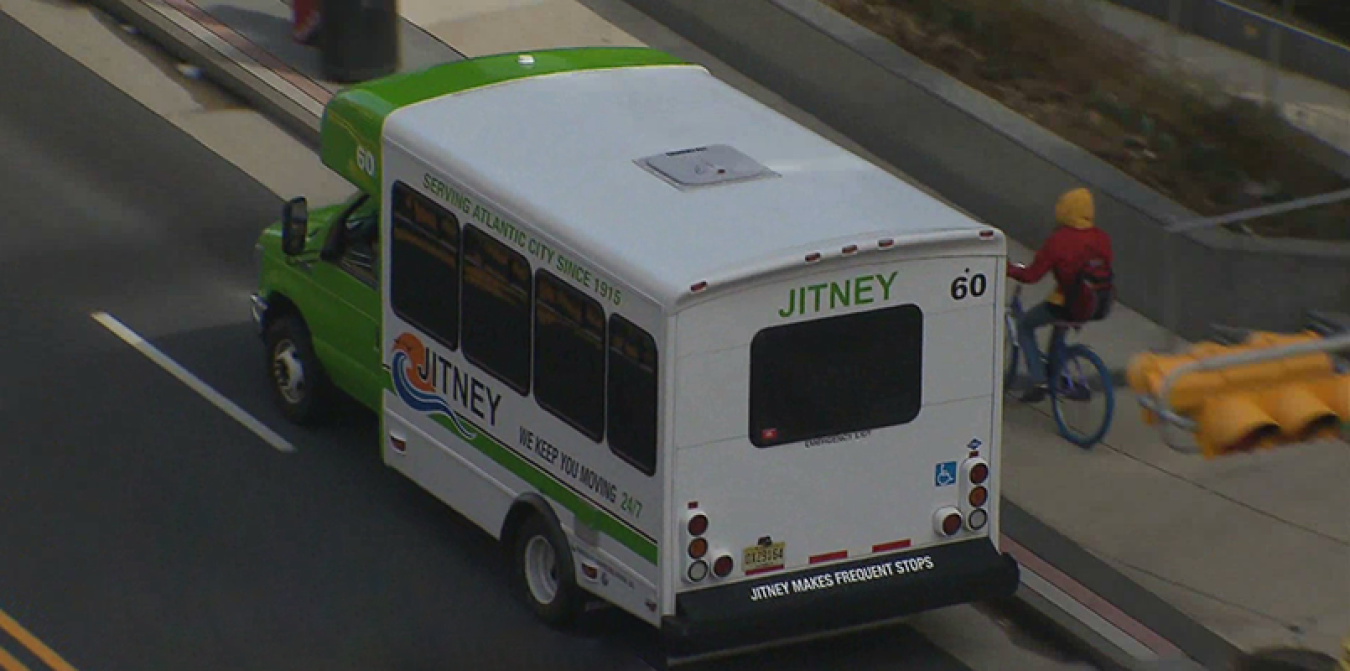Alternative fuel vehicles are playing a big role in responding to hurricanes and other natural disasters.
Office of Energy Efficiency & Renewable Energy
September 20, 2017Back-to-back hurricanes Harvey and Irma devastated parts of Houston and Florida and left millions of residents in the dark. The long lines and “out of fuel” gas station signs are reminders that most of the transportation sector still relies on gasoline and diesel. However, in a number of cities and states, alternative fuel vehicles (AFVs) are playing a big role in responding to natural disasters and improving emergency preparedness.
Take a look at these five examples:
1. Hurricane Harvey temporarily knocked out nearly 30% of the nation's refining capacity. While refineries worked to recover from the storm, compressed natural gas (CNG) stations in the area were able to remain up and running. Natural gas is supplied by underground pipelines so stations can operate without a hitch throughout an emergency. Many natural gas fueling stations also come equipped with emergency natural gas-fired generators that can keep the stations running during a blackout.

New Jersey's CNG buses kept moving during and after Hurricane Sandy.
2. Atlantic City, New Jersey relied on its fleet of 190 CNG buses to shuttle residents to safety when Hurricane Sandy struck in 2012. While other fleets struggled with fuel shortages these shuttles were able to stay moving during and after the storm thanks to uninterrupted CNG supply.
3. Flexibility is also important for vehicles servicing critical infrastructure needs. The Port Authority of New York and New Jersey has a fleet of bi-fuel (gasoline and natural gas) Ford F350 pickup trucks that operate at key airports, tunnels, and bridges. Being able to run on either fuel provides fueling flexibility, as well as extended range during normal operations.
4. AFVs can also help with recovery. New Richmond, Wisconsin sent a hybrid-electric utility bucket truck as part of a mutual aid mission to help with Hurricane Sandy cleanup. These vehicles operate on battery power when stationary and allow crews to fix power lines. The battery power eliminates engine idling and saves fuel at the same time. Some companies also use biodiesel and have reserve tanks in case of emergency—this helps stretch supplies of regular diesel even further.
5. Diverse fueling options also help reduce recovery time after a disaster. Following Hurricane Sandy, Eastern Propane was able to keep their fleet of propane-powered trucks running, delivering propane to the surrounding community and helping clear tree limbs and branches along the way. In Long Island, utility operators National Grid and Long Island Power Authority used their CNG cars and trucks for infrastructure repairs and cleanup.
Watch: See how alternative fuels and other advanced vehicle technologies can help emergency fleets react to and recover from natural disasters.
The U.S. Department of Energy’s Vehicle Technologies Office (VTO) supports a balanced portfolio of early-stage research and works directly with its nationwide network of Clean Cities Coalitions to enable widespread use of alternative fuels and energy-efficient mobility technologies that enhance energy affordability, reliability, and resilience and strengthen U.S. energy security. Learn more about VTO’s Initiative for Resiliency in Energy through Vehicles project.

